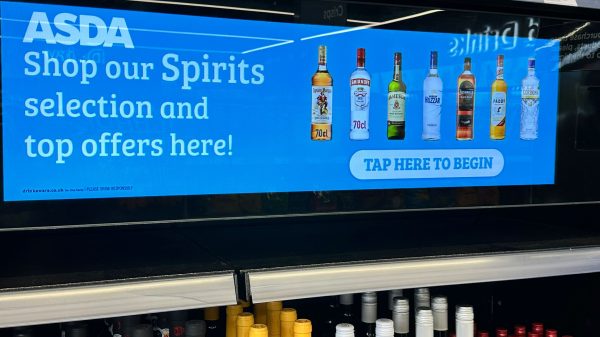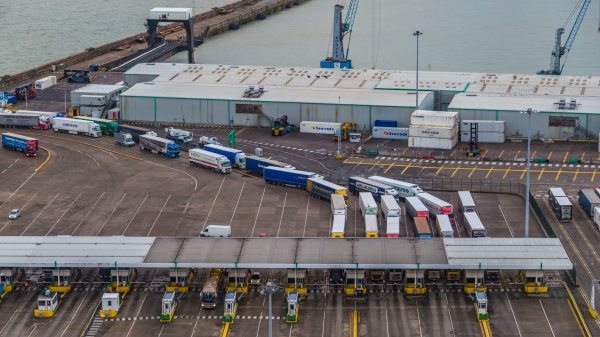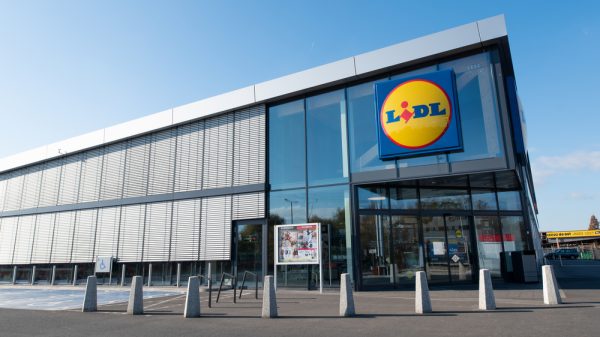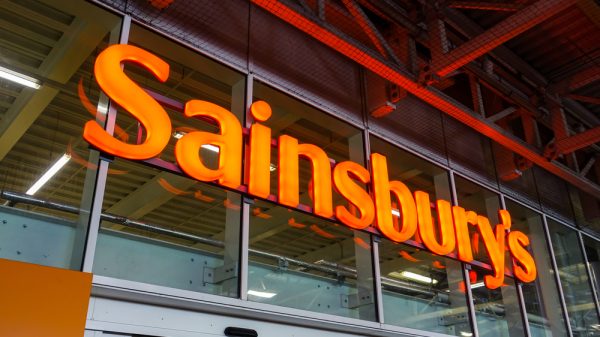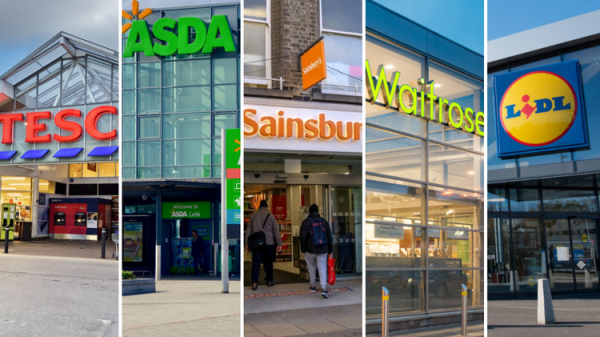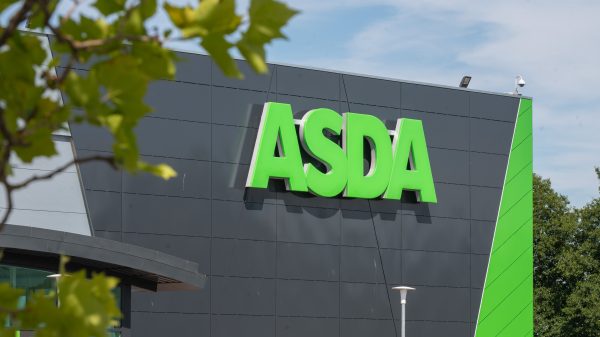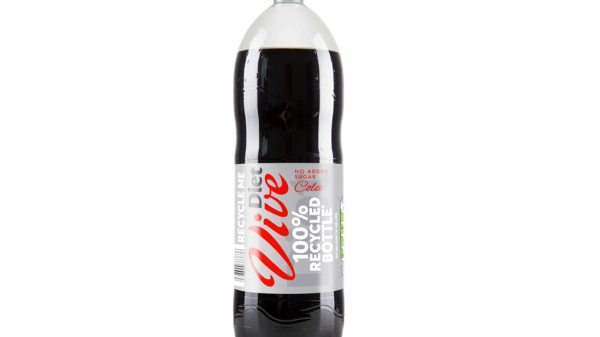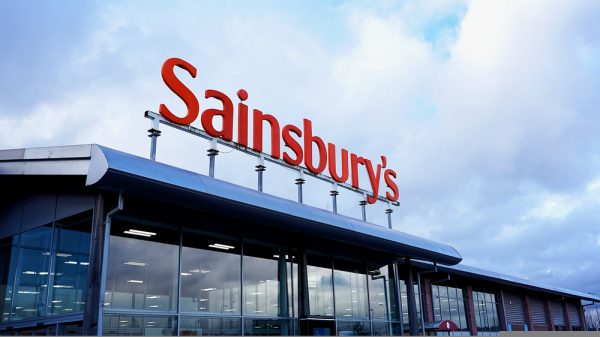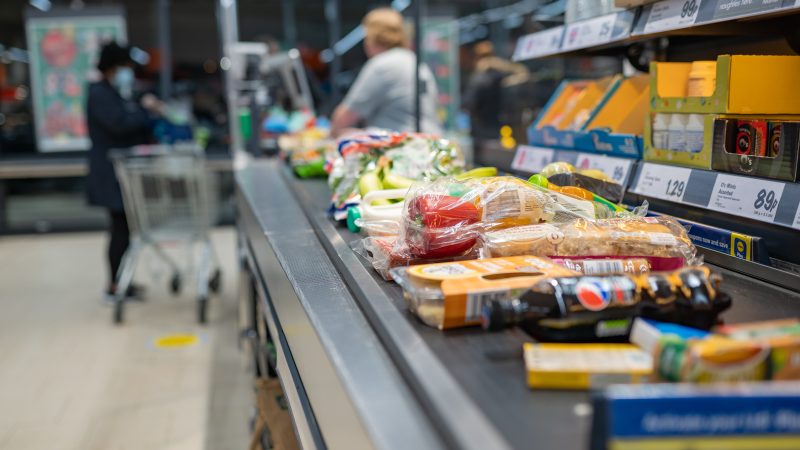The concept of rapid delivery services – where products are delivered to your front door in as little as 15 minutes – is neither new nor unusual in 2023.
However, it seemed to take a while for grocery delivery to get in on the action, with Deliveroo unveiling its dedicated grocery service, Hop in late 2021 and Just Eat only adding a grocery offering to its platform last year. Now though, these delivery giants hold partnerships with some of the UK’s leading supermarkets including Waitrose, Sainsbury’s, Morrisons, Asda and Iceland, as well as convenience retailers One Stop, Co-op and Spar.
But it’s not all been plain sailing. Tesco and Ocado are growing their own inhouse online rapid delivery platforms, posing the question of whether the likes of Deliveroo, Just Eat, Uber Eats and Getir can continue to thrive against the added strain of rivalry from long-standing and trusted UK retailers.
Grocery Gazette takes a look into the challenges that the sector is currently facing as it battles against inflationary pressures, growing competition – and what the future holds.
The effects of inflation
Earlier this month, data from NielsenIQ found that as a result of rising inflation and higher prices across basic grocery items, volume sales dropped by 6.9% – the lowest recorded in over nine months.
The past six months has also seen shoppers trading down, opting for own-brand items and purchasing less non-essential products in a bid to save amid the cost-of-living crisis.
Global Data associate retail analyst, Joe Dawson believes the return to stores following the COVID19 pandemic and the cost-of-living crisis have been “a significant hinderance to growth prospects for the q-commerce market.”
“The additional cost of delivery has deterred many as they hope to save money on their food and grocery bill, and the appeal of convenience has waned with the return to instore shopping.”
As a result, many of the UK’s leading food delivery service’s have taken a hit.
Deliveroo’s full-year profitability for 2022 as a percentage of gross transaction value is expected to be at -1%, with estimations for its adjusted EBITDA for the second half of the year to breakeven.
In a letter to Deliveroo’s employees last week, CEO and founder, Will Shu unveiled the company’s plans to start a redundancy process which could affect 9% of the company’s workforce.
He says this came as a result of operating in a “highly competitive industry,” with a “difficult consumer environment.”
“We are experiencing record high inflation, rising interest rates, an energy crisis and fears of a recession in the UK. We have to run our business in the most efficient way possible to withstand these challenges, and take a hard look at our cost base.”
KPMG UK head of retail, Paul Martin says that while “rapid grocery expanded massively through the pandemic, fundamentally the unit economics of delivering a relatively low value basket of goods on a bike are already difficult, and when you add in rising input costs, those already thin margins get even tighter.”
“While inflation is forecast to cool in the coming year, operators will still need to address the core issue of how to profitabily serve its customers, either through growing basket size or charging more for delivery.”
Turkish stratup Getir told Grocery Gaztte that its approach is “to maintain a fixed ratio, as opposed to increasing prices as the standard retail market increases theirs.” Therefore, it says it is “not more expensive” than 12 months ago, relative to standard retail prices.
Getir says that its partnerships, such as with Co-op has “proved to be very popular” and increased its average basket value. It has also looked at products most impacted by inflation such as milk and Lurpak and offered these for free, as a value add or by rolling prices back to the mid-90’s across its key cupboard staples.
Just Eat grocery and convenience global director, Carlos Hernandez says that for the business, its aim now is to merge both grocery and convenience.
“On one hand, grocery dominates the retail sector globally. On the other hand, customers more than ever, are looking for convenience, and our aim is to bring these two trends together.”
Despite inflationary pressures, Just Eat saw “rapid growth in this space” and has expanded its grocery offering in the last six months, with its service now available across 60% of the UK.
Supermarket rivalry
While these delivery giants have secured their positions in the market, partly through their links to big-name retailers, some supermarkets have also developed rapid delivery platforms that are only continuing to grow.
Although Sainsbury’s offers its Chop Chop service and Asda has Express delivery, Tesco’s Whoosh and Zoom by Ocado are leading the way of the supermarket services.
Zoom by Ocado, which labels itself as ‘the speedy grocery app with more choice’, first launched in 2019 and is now available in locations including East and West London, as well as Leeds.
The biggest offering of UK grocery retailer rapid services, it has over 10,000 products and makes deliveries in less than an hour.
Tesco’s Whoosh which delives in 30 minutes to an hour, currently has a much smaller offering of 80 items, however will be available from over 800 stores this month as the leading retailer looks to continue expanding this service.
Dawson told Grocery Gazette that as “grocers are continuing to invest in rapid delivery operations”, supermarkets will “have an edge on newer companies expanding into the q-commerce market in the UK,” as a result of “longstanding reputations” and “customer loyalty.”
“Being able to offer own-label products will appeal to those seeking value for money as seen in Tesco’s Whoosh promotions during the World Cup in 2022, offering two pizzas and a multipack of drinks for £5.50.”
Martin agrees that as retailers continue to push their own offerings, it “is likely a recognition of the fact that the market is still in expansion-mode, and therefore consolidation is likely to continue.”
“Retailers can extend the reach of their loyalty schemes through their q-commerce offerings, allowing customers to earn and spend points both in store, online as part of their weekly shop, and also with the 30-minute delivery. If retailers can combine their offers with a true single view of the customer whilst not sacrificing margin they should have an advantage, especially utilising existing stores and supply chains.”
He says that partnering with a pure player, “could be perceived as strategically risky, especially where they have a ready-made network of convenience stores/ delivery networks which can in time be re-purposed to better serve the retailer’s q-commerce model.”
However, he adds that choice is “the key differentiator.”
“If a consumer has a one stop shop app at their fingertips where they can get a takeaway but also some groceries for tomorrow’s breakfast, that is convenient.”
“The pure players have traditionally thrived in large cities where there is critical mass of people willing to use their services and spend accordingly. Simple logistics makes running similar services in smaller towns less economical and this is perhaps where the retailers, who already have a presence locally, can potentially leverage their existing infrastructure.”
The future of rapid grocery delivery
Since December 2022 alone, Just Eat has teamed up with both Co-op and Sainsbury’s to offer its services, products from Sushi Daily, which makes fresh sushi in Waitrose is now available via Deliveroo and Getir has acquired rapid delivery firm Gorillas for £1.2 billion, which will see it upgrading and expanding its network across the UK.
Martin says a key driver of these partnerships for retailers, “is access to more customers.”
“If aggregators and retailers can share the customer relationship and create a ‘connected customer’ view, future opportunities could be available for cross-merchandising.”
He adds that there can also be “greater operational synergies,” such as internal picking systems with “dedicated staff from the on-demand player in physical stores, or setting up consignments of stock within dark stores.”
In looking forward, Martin explains that it “isn’t unreasonable to think this form of online shopping can continue apace and get to a sizeable share of the market, especially as people become increasingly protective of their time.”
However, he believes the role of the physical store in communities “still feels important, both from a consumer perspective where there is likely to be a group who will always want the physical experience,” alongside wider community and employment benefits, as well as the “importance of local, independent businesses.”
Despite inflationary pressures and supermarket rivalry, for the sector as a whole, Martin expects this will be “another channel in the omni-channel world as certain consumer segments will demand this service.”
While inflation is expected to ease this year and the demand for convenience is only growing, it’s likely that both pure players in the sector and supermarkets own forms of rapid grocery delivery will continue to expand in the coming year.
However, to ensure each platform survives economic headwinds in the face of a challanging market, Martin adds that the key will be “how to make it profitable especially when ‘cheap’ investment is less readily available.”

